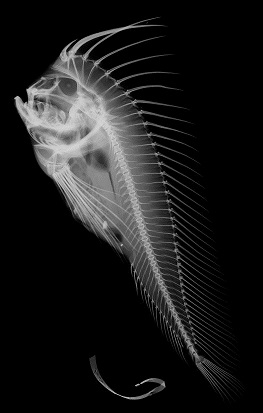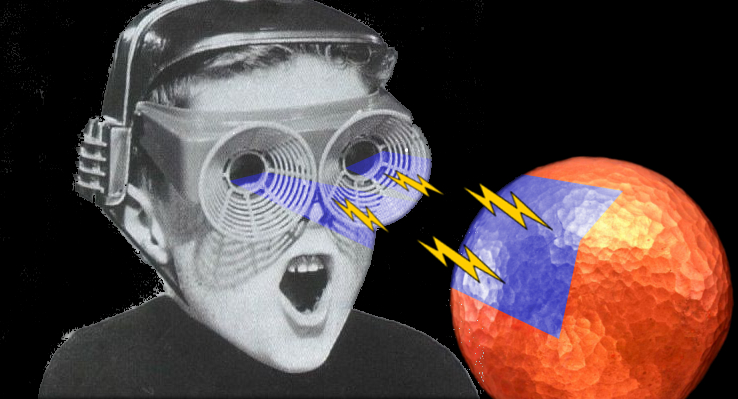Next level X-ray to put eyes on energetic atoms
 An anode upgrade means Melbourne is now home to the most powerful X-ray machine ever developed.
An anode upgrade means Melbourne is now home to the most powerful X-ray machine ever developed.
A team at the University of Melbourne’s School of Physics built a new rotating anode source to push their X-ray machine to a new level of definition – it can now detect the basic energies emanating from atoms.
“This super X-ray machine gives us the capability of mapping the energies of the atom previously inaccessible and unseen by other apparatus,” said team leader Professor Christopher Chantler.
The next-generation device is of great interest to chemical, biological and physical scientists. It will enhance investigations and resulting knowledge of chemical environments (including those within the body), the interaction of light with matter, and studies of complex mineral formations in the earth’s crust.
The team have successfully tested their new super X-rays on copper atoms. The results demonstrated unprecedented levels of accuracy at the atomic level. It has already shed new light on theoretical calculations and electron scattering models.
The copper atom data has been published in the Journal of Physics B.
“This copper atom data also means we have provided new insights into calibrating less powerful X-ray machines with much higher accuracy,” Professor Chantler said
Dr Bryn Sobott, Chantler’s colleague at the University’s X-ray lab said: “The real value of the rotating anode is that it opens up new scientific experimentation. This is particularly the case for high statistics, high precision measurements required by our group as we strive to probe the nature of matter.”
“We are thrilled that the super X-ray has industrial representatives from scientific instruments makers and imaging companies interested about future opportunities for commercial development,” said Professor Chantler.









 Print
Print